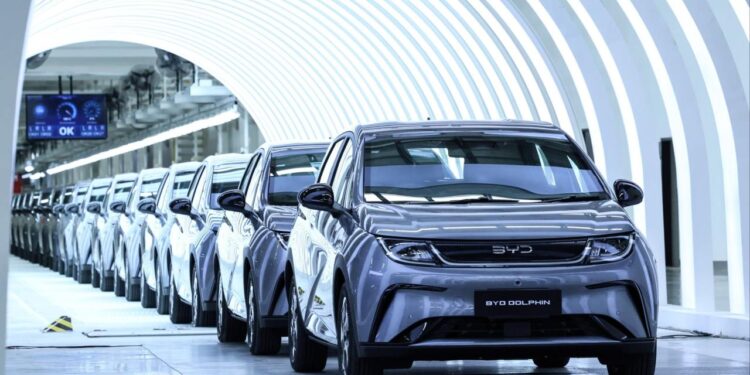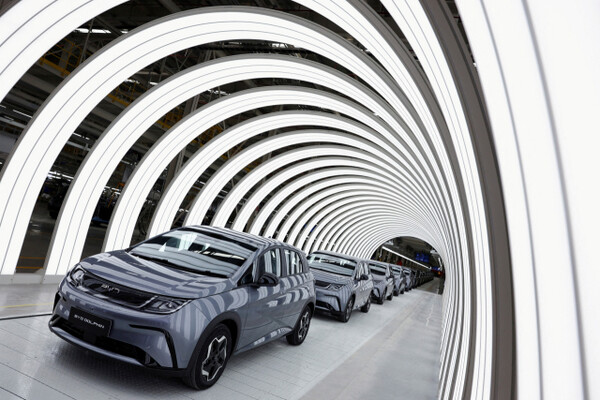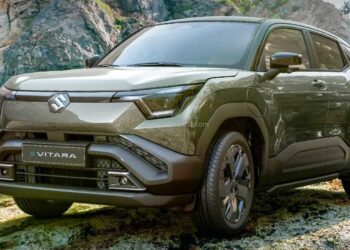In a landmark shift, China is poised to witness electric vehicle (EV) sales surpass those of internal combustion engine (ICE) vehicles in 2025. This development underscores China’s rapid transition towards sustainable transportation, outpacing Western markets and setting a precedent for global automotive trends.
A. The Surge of EV Sales in China
1. Projected Sales Figures
Analysts forecast that EV sales in China will exceed 12 million units in 2025, marking a significant increase from previous years. Conversely, ICE vehicle sales are expected to decline to under 11 million units, reflecting a diminishing preference for traditional vehicles.
2. Government Incentives
China’s government has implemented various subsidies to promote EV adoption, including a $2,800 incentive for trading in ICE vehicles for EVs. These measures have significantly boosted consumer interest and accelerated the shift towards electric mobility.

B. Factors Driving the EV Boom
1. Technological Advancements
Chinese EV manufacturers have leveraged technological innovations to produce affordable and efficient vehicles. The integration of smart features and autonomous driving capabilities has enhanced the appeal of EVs among consumers.
2. Cost Competitiveness
The reduction in battery costs, particularly lithium iron phosphate batteries, has enabled manufacturers to offer EVs at competitive prices. This affordability has made EVs accessible to a broader segment of the population.
3. Environmental Concerns
Growing awareness of environmental issues and the desire to reduce carbon emissions have influenced consumer preferences, leading to increased demand for eco-friendly vehicles.
C. Impact on the Automotive Industry
1. Market Dynamics
The rise of EVs has disrupted traditional automotive markets, compelling established automakers to pivot towards electric mobility. Companies like BYD have emerged as dominant players, challenging the market share of legacy manufacturers.
2. Global Implications
China’s leadership in EV adoption has implications for global automotive trends. As Chinese automakers expand their presence internationally, they influence global standards and consumer expectations regarding electric mobility.
D. Challenges and Considerations
1. Infrastructure Development
The rapid growth of EVs necessitates the expansion of charging infrastructure to meet increasing demand. Ensuring the availability and accessibility of charging stations is crucial for sustained EV adoption.
2. Supply Chain Management
The surge in EV production places pressure on supply chains, particularly concerning the sourcing of raw materials for batteries. Addressing these challenges is essential to maintain production efficiency and meet consumer demand.
China’s anticipated milestone of EV sales surpassing traditional vehicles in 2025 signifies a transformative moment in the automotive industry. Driven by technological innovation, government support, and shifting consumer preferences, this trend reflects a broader global movement towards sustainable transportation. As China leads the charge, the rest of the world watches closely, recognizing the potential for similar transitions in their respective markets.

















